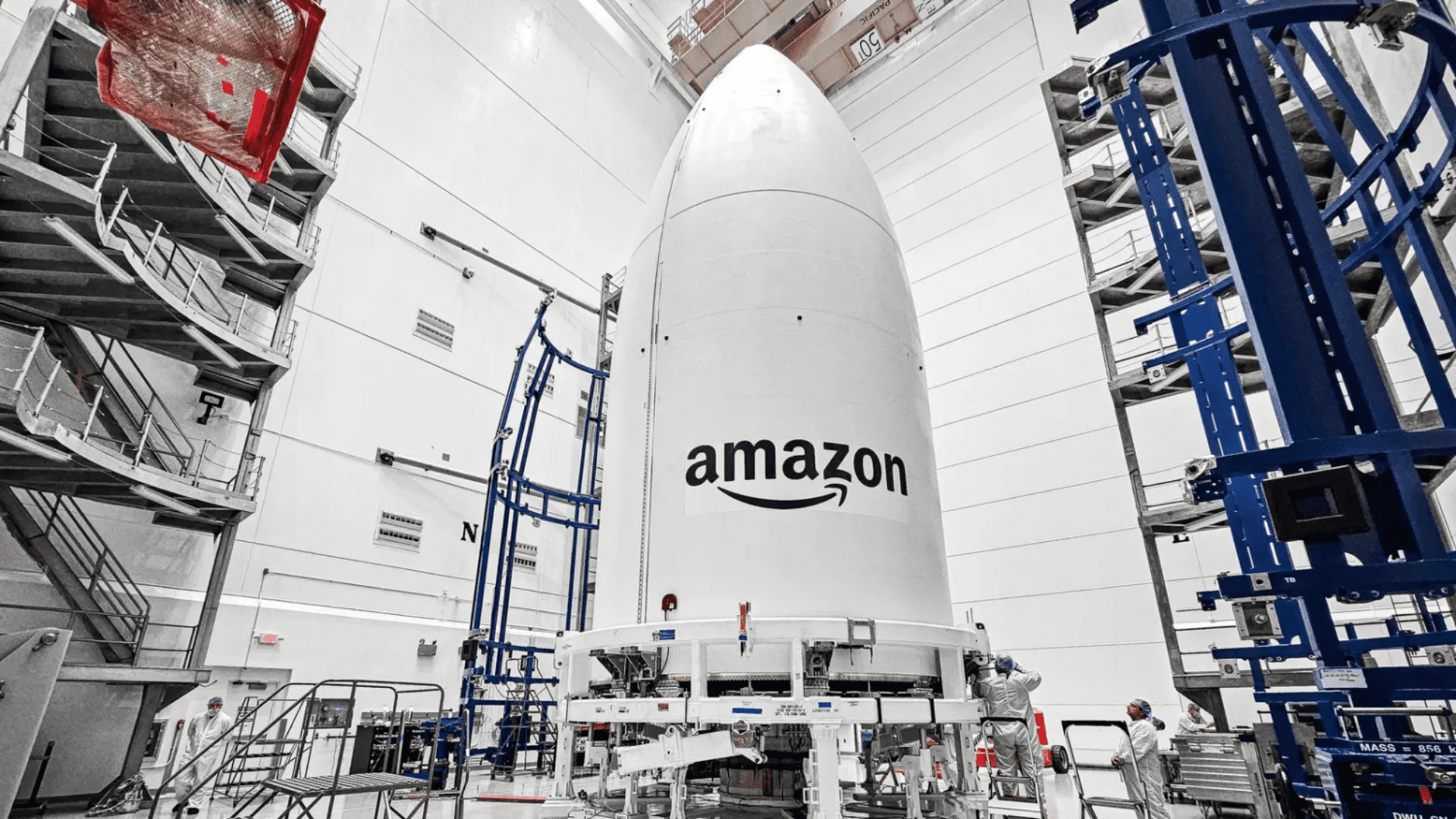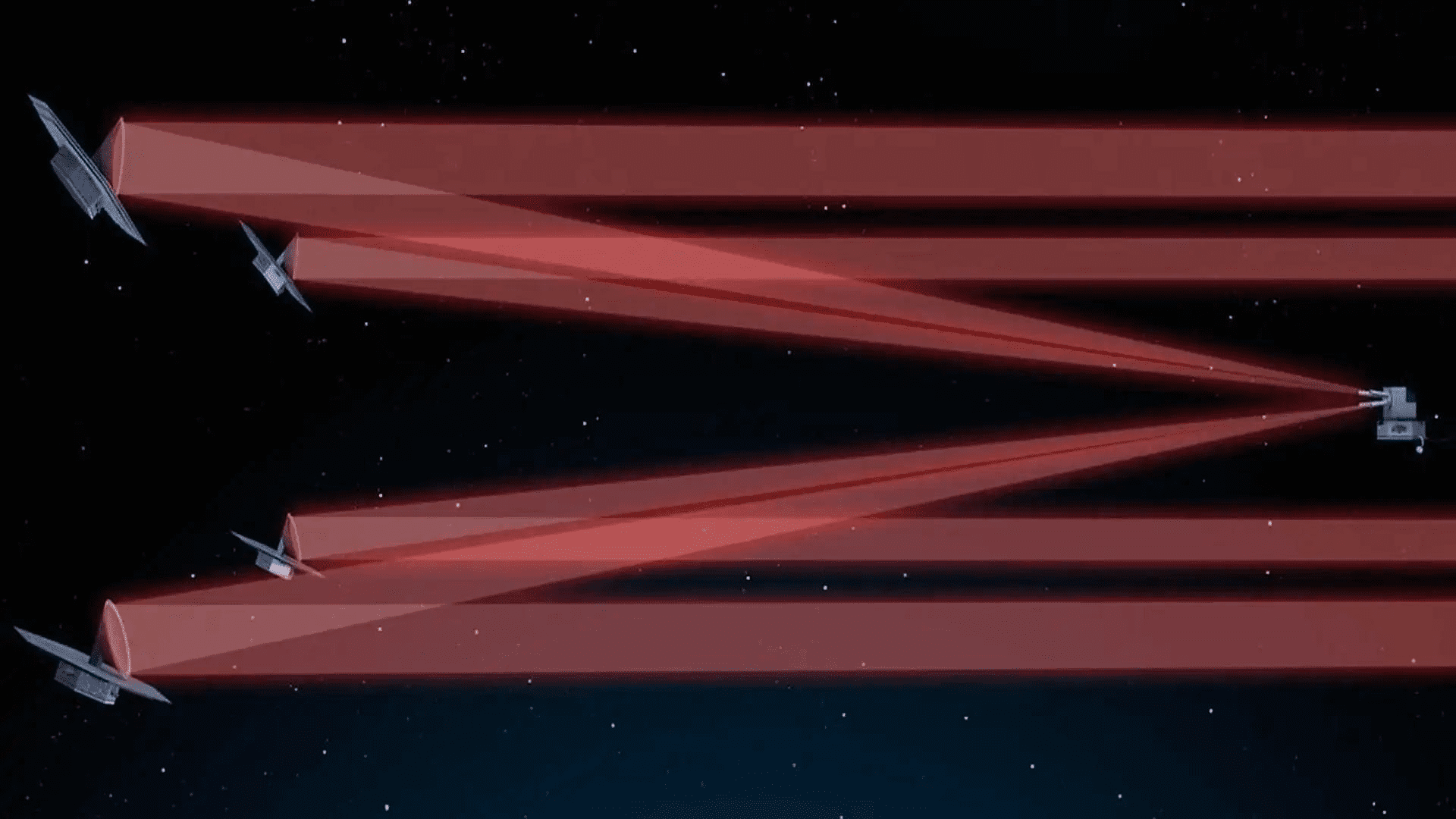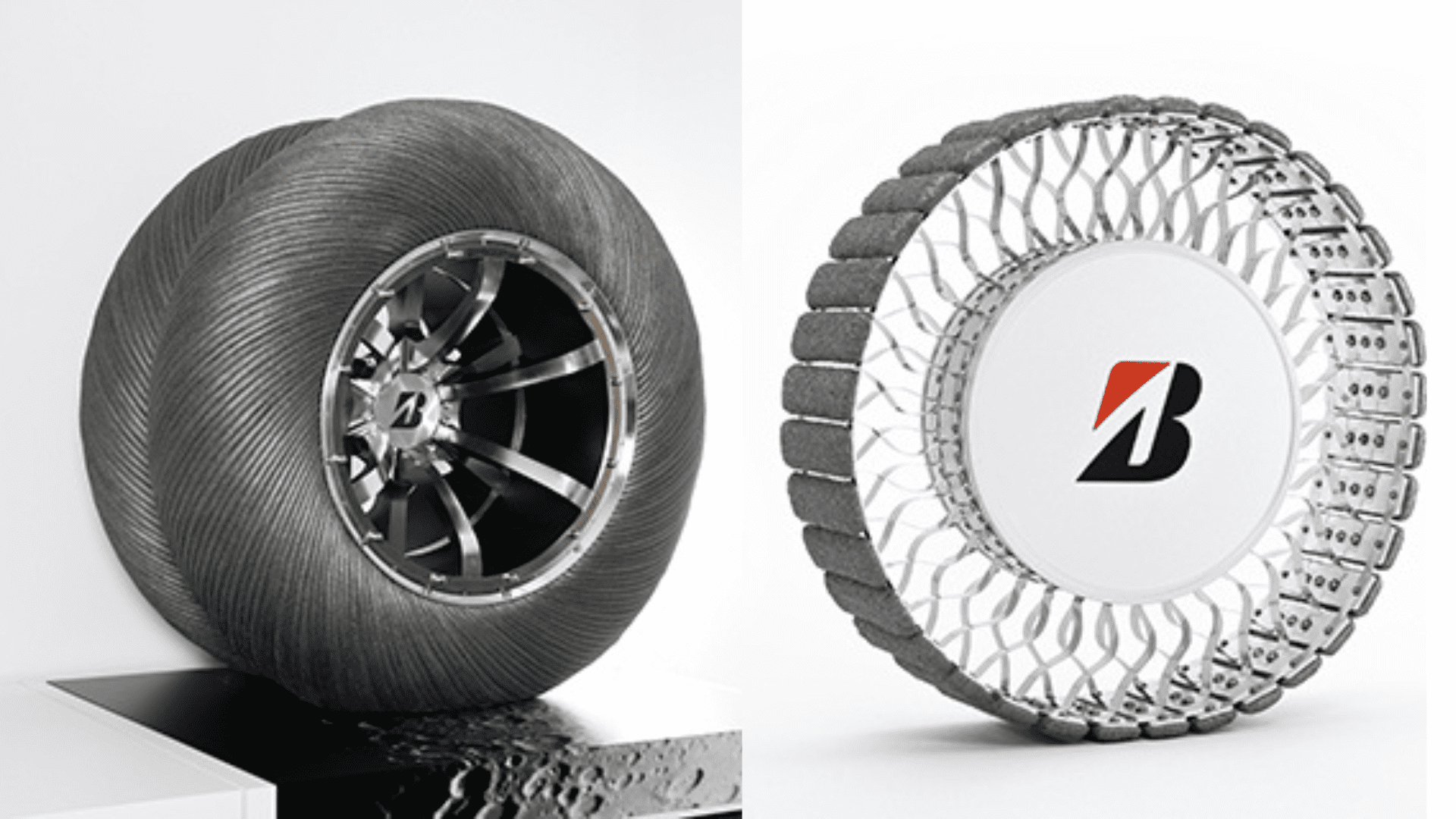The U.S. Naval Research Laboratory (NRL), Naval Center for Space Technology (NCST), and Defense Advanced Research Projects Agency (DARPA) successfully completed a robotic system for servicing satellites in orbit.
Under DARPA funding, NRL developed the Robotic Servicing of Geosynchronous Satellites Integrated Robotic Payload. The payload looks like a giant box with two robotic arms. It’s now cleared for duty to repair and service an integral piece of technology: satellites.
Robotic Mechanic
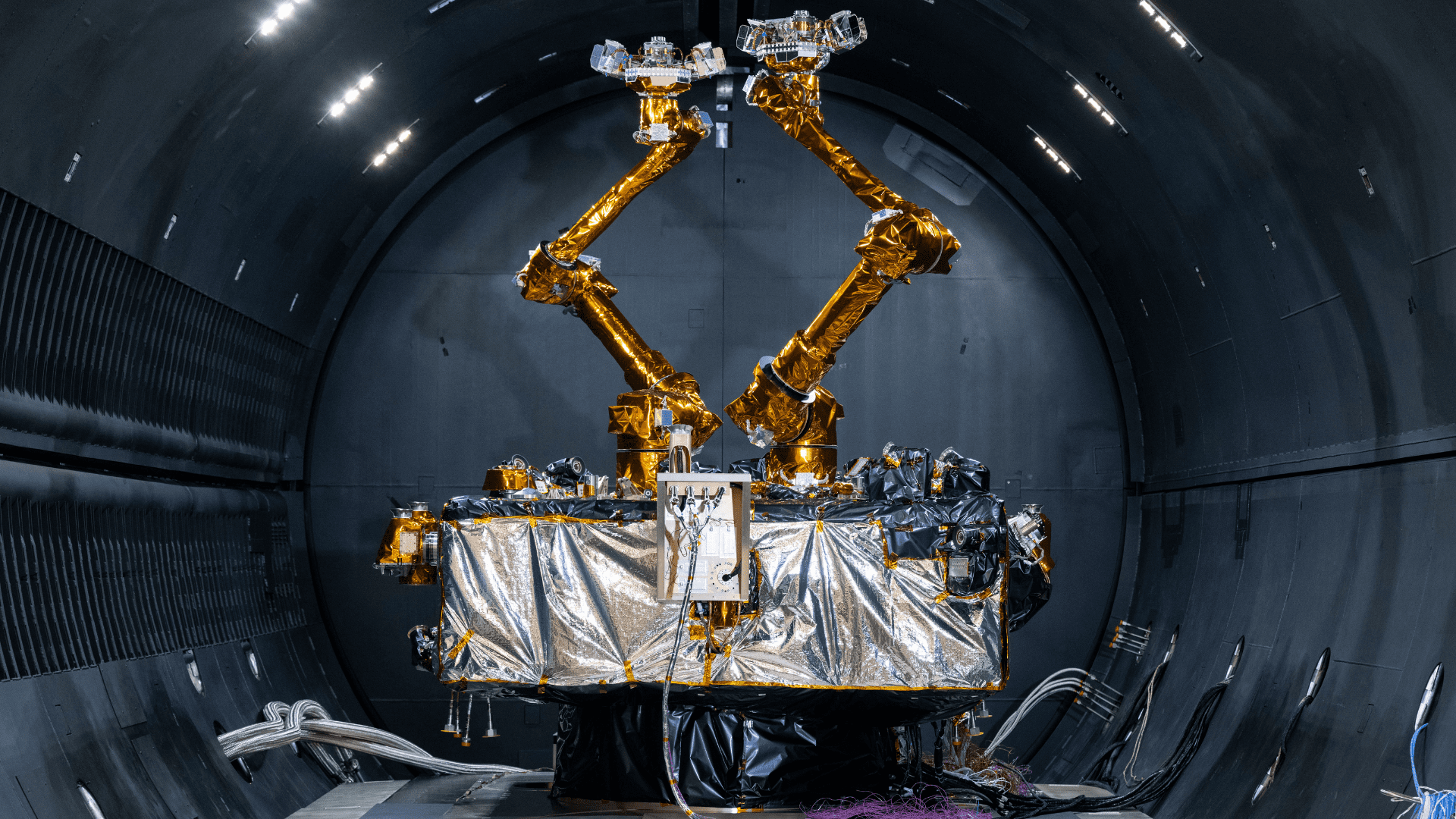
Satellites are critical pieces of infrastructure, especially for military, government, and commercial communication. Currently, no technology is capable of servicing these satellites in orbit. After completing its final test, the new payload took a major step towards that direction.
NRL Director of Research Dr. Bruce Danly said, “The recent completion of thermal vacuum testing marks a major milestone toward achieving the program’s goal of demonstrating robotic servicing capabilities on orbit in the near future.” He added, “[The] anticipated capabilities are potentially revolutionary for both national security and civil applications.”
Satellites currently in orbit don’t receive servicing. Instead, each satellite is equipped with backup systems and excess fuel. However, these accommodations are typically complex, heavy, and pricey. In-orbit servicing could extend a satellite’s life if the new project succeeds.
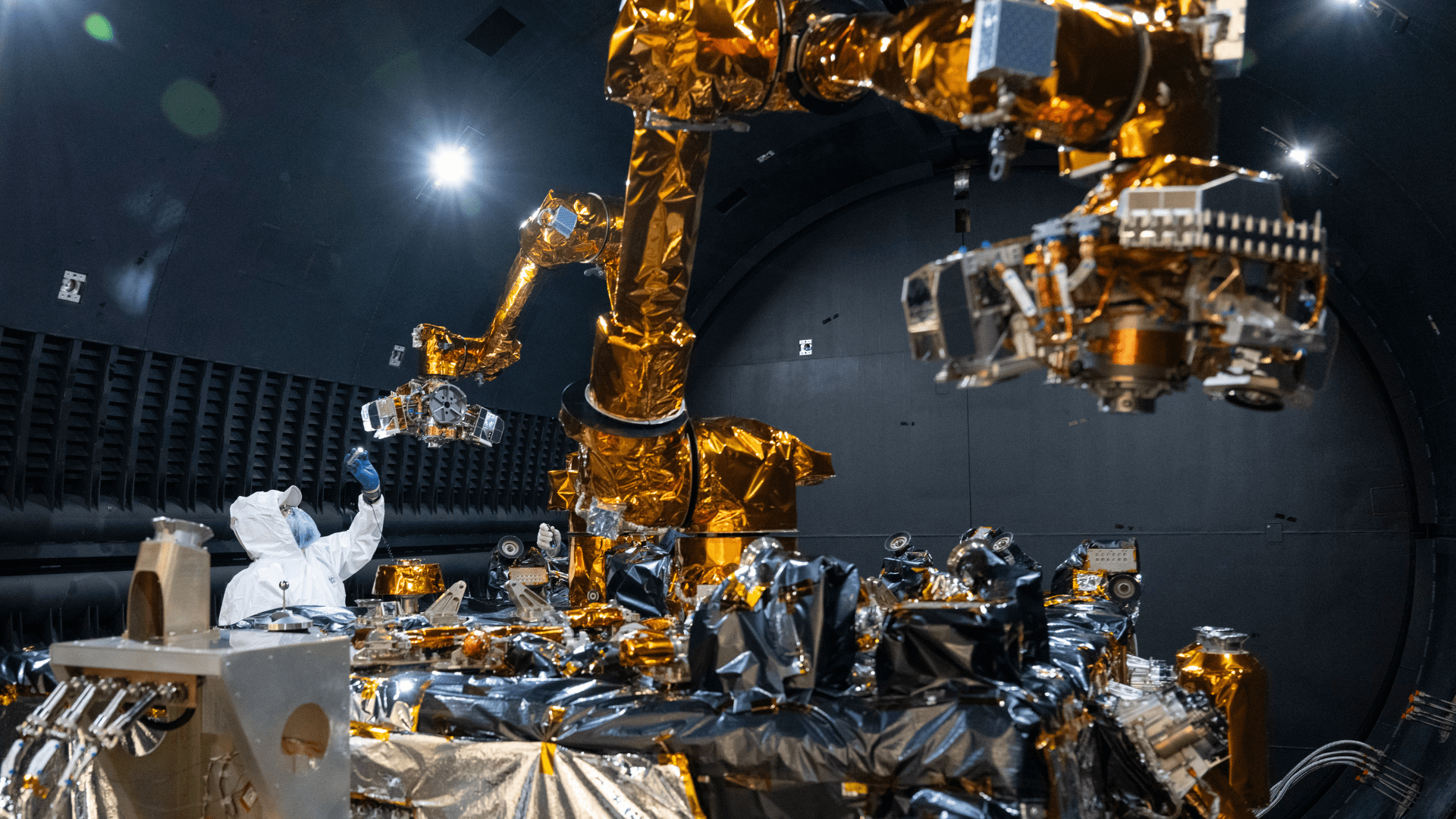
“The military regularly fixes aircraft, tanks, ships, and trucks that break. We upgrade aircraft and ships with the latest radars, computers, and engines,” said Glen Henshaw, NRL senior scientist for Robotics and Autonomous Systems. “Satellites are the only expensive equipment we buy that can’t be repaired or upgraded once they are in the field, and this costs the taxpayer money,” Henshaw added that the new robotic mechanic intended to change that. “[We] intend to demonstrate that we can upgrade and repair these valuable assets using robots.”
Satellites in geosynchronous orbit, which orbit around 22,000 miles above Earth, are crucial to communications, Earth-observing science, and national security services.
NRL worked for over two decades to mature the technology enabling the RSGS program. Henshaw said, “We hope that this will eventually lead to spacecraft that are more modular and easier to maintain.”



